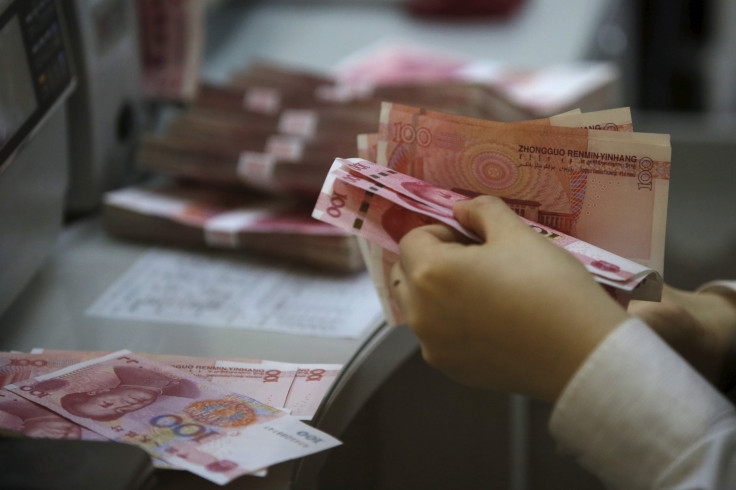China Opens Currency Markets To Foreign Commercial Banks In A Bid To Internationalize The Yuan

Taking another step toward increasing transparency in its massive foreign exchange market and internationalizing the yuan, China announced Friday it had given approval to the first batch of foreign commercial banks that want to directly trade in the currency. The offshore yuan exchange rate was, at 1:14 a.m. EDT, at 6.5576 against the dollar — slightly softer than the onshore rate of 6.5450.
According to Reuters, the approved banks include CTBC Bank and Taipei Fubon Bank in Taiwan, Standard Chartered and Citibank Hong Kong.
The decision to allow foreign commercial banks to trade directly in the country’s forex markets comes less than a year after China opened the market to overseas central banks, and just months after the International Monetary Fund (IMF) put the yuan in its basket of reserve currencies known as Special Drawing Rights (SDR).
“The participation of foreign central banks will make the onshore yuan’s exchange rate more globally recognized,” Banny Lam, co-head of research at Agricultural Bank of China International Securities in Hong Kong, told Bloomberg in September. “Allowing direct access gives the central banks more flexibility and control over costs, compared with going through local banks for trades. In general, it’s a positive move for yuan internationalization.”

The SDR — a virtual currency whose value is currently based on the yen, euro, pound and dollar — is an international reserve asset that IMF uses for emergency lending to its members. While it is not a freely traded currency, IMF issues its crisis loans valued in SDRs, which came in handy during the 2008 financial crisis when it helped bolster member nations’ official reserves.
Until recently, China’s demand to include the yuan in the IMF’s basket of reserve currencies had been mostly rebuffed, as it was considered too tightly controlled.
Despite a recent drop in capital outflows, the Chinese currency — whose devaluation last August triggered a sell-off in yuan-dominated bonds — has struggled to remain stable. Earlier this week, after the U.S. Federal Reserve indicated that it may hike rates in June, the yuan dropped 0.5 percent to its lowest level since February.
In order to increase offshore demand for the yuan, two of China’s largest banks — Industrial and Commercial Bank of China (ICBC) and Agricultural Bank of China — on Thursday began issuing yuan-dominated debt in the United States.
“The launch represents a significant milestone in serving the growing demand among investors in the United States and around the world to have access to the yuan,” Jiang Jianqing, chairman of ICBC — the world’s largest bank by assets — reportedly said.
© Copyright IBTimes 2025. All rights reserved.






















